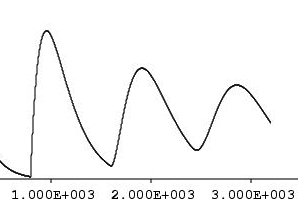- Rabies entered Connecticut in 1991, and spread across the state
in an epidemic wave. Rabies has now entered an endemic phase in
Connecticut.
- Modeling Overview
-
- Question: how fast was the front moving?
- Answer: Linear regression for rabies arrival in a given town
The epidemic front was modelled as a linear wave
travelling at about 46 km/yr, from southwest to northeast:
y = mx + at +b with a good fit (R-squared:
0.841304).
-
- Question: What happens when the front hits a town?
- from linear regression we derive
a local impact curve (a kendall)
-
- Question: What can we learn from modelling the kendall?
- Predictions of
- peak reported cases, and time to peak
- asymptotic case load
- time to endemic period
-
- Question: can we confirm that rivers delay the spread?
-
- We can't show this with the linear model (speed is constant)
- We use a non-linear regression (kriging) for rabies arrival in a given town to answer in the affirmative.
-
- Question: is there a seasonal effect?
-
- We use non-linear regression (periodic) for rabies arrival to conclude that the seasonal effect is significant.
- We reexamine the river effect to answer in the negative.
- Present and future work:
- delay equations for rabies arrival in a given town
- guide/target: kendall

- Thanks!
|



